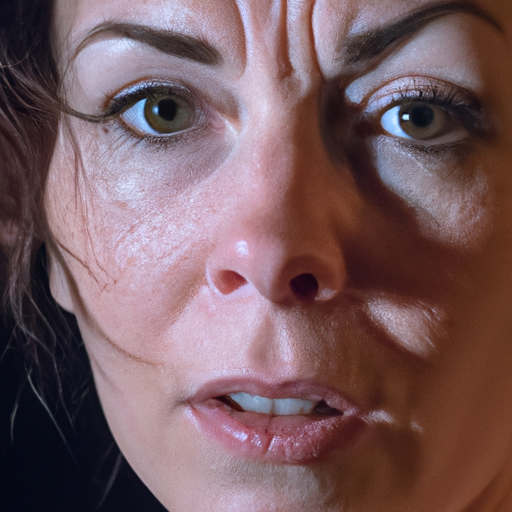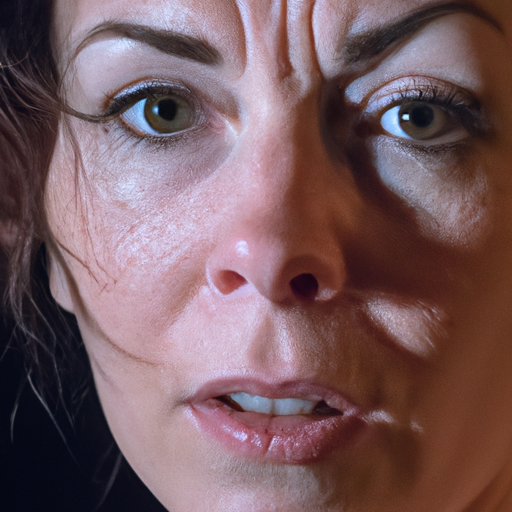Title: Unmasking Acne: A Comprehensive Examination of Symptoms and Causes
Acne is a common skin condition that affects millions of people worldwide. It’s often associated with adolescence, but it can strike at any age, causing emotional distress and skin scarring. This article takes a deep dive into the symptoms and causes of acne, providing a comprehensive understanding of this prevalent skin disorder.
Acne typically appears on the face, forehead, chest, upper back, and shoulders because these areas have the most oil (sebaceous) glands. Symptoms vary depending on the severity of the condition. Mild acne is often characterized by whiteheads and blackheads – small bumps filled with excess oil, dead skin cells, and bacteria. Moderate to severe acne may present as larger, solid, red lumps (papules), painful lumps beneath the surface of the skin (nodules), or pus-filled lumps (pustules).
The primary cause of acne is the overproduction of oil and a buildup of dead skin cells in the pores. These two factors create an ideal environment for Propionibacterium acnes, a bacteria that lives on our skin, to multiply. This bacterial growth leads to inflammation and the formation of acne lesions.
Hormonal changes also play a significant role in acne development. During puberty, hormones stimulate the sebaceous glands to produce more sebum (oil), which can clog pores. Similarly, hormonal fluctuations during menstruation, pregnancy, or when using oral contraceptives can trigger acne outbreaks.
Diet is another factor that can influence acne. Studies suggest that certain dietary habits, such as consuming dairy products and carbohydrate-rich foods like bread and chips, may trigger acne. Stress doesn’t cause acne directly but can exacerbate it by stimulating the production of cortisol, which in turn boosts oil production.
Contrary to popular belief, poor hygiene or cosmetics don’t cause acne. However, certain cosmetics can clog pores and worsen existing acne. It’s advisable to use non-comedogenic products that don’t block pores.
Understanding the causes and symptoms of acne is the first step towards effective treatment. Over-the-counter products containing salicylic acid, benzoyl peroxide, or sulfur can treat mild acne. For moderate to severe acne, prescription medications such as retinoids, antibiotics, or isotretinoin may be necessary.
In conclusion, acne is a complex skin condition with various symptoms and causes. It’s driven by factors such as oil production, dead skin cells, bacteria, hormones, diet, and stress. By recognizing these triggers and seeking appropriate treatment, individuals can manage their acne effectively and improve their skin health.
Keywords: Acne, Symptoms, Causes, Skin Condition, Sebaceous Glands, Oil Production, Hormonal Changes, Diet, Stress, Treatment.
Unmasking Acne: A Deep Dive into Symptoms and Causes




